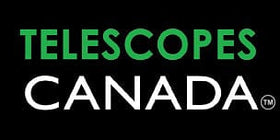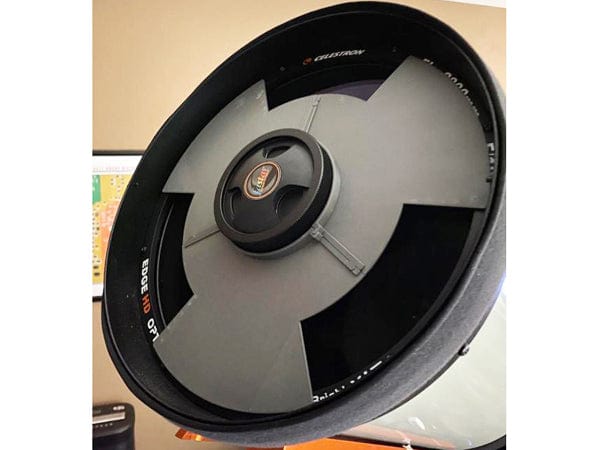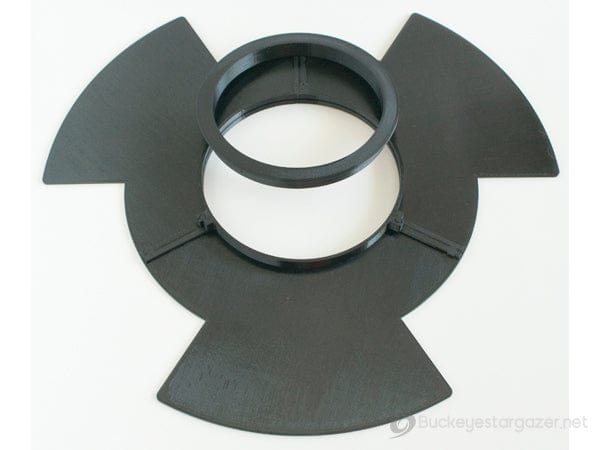A Duncan Mask can be used to easily and quickly collimate your SCT. Instructions are provided below.
The mask comes in three sections that "snap-fit" together and can be taken apart for easier storage (C5 is one piece, 14" and larger are 6 sections).
Feel free to contact me if you do not see your scope listed.
Celestron 5" SCTs: Duncan-C5
Celestron 8" SCTs (non-Fastar pre-1998): Duncan-C8-NF
Celestron "Classic 8": Duncan-CClassic8
Celestron 14" SCT (non-Fastar pre-1998): Duncan-C14-NF
Celestron 6" SCTs: Duncan-C6
Celestron 8" SCTs (incl. Ultima 2000): Duncan-C8
Celestron 9.25" SCTs: Duncan-C9.25
Celestron 11" SCTs: Duncan-C11
Celestron 14" SCTs: Duncan-C14
Hyperstar Note: The C6, C8, C9.25, C11 and C14 Duncan Masks accommodate both Hyperstar and native Fastar/secondary mirror configurations. The central hole is sized for the Hyperstar and the mask includes a snap fit bushing to decrease the diameter for the Fastar ring.
Instructions for Use
1. Make sure your scope has cooled to ambient temperature.
2. Point the scope at a bright star that is high in elevation.
3. Place the mask on the scope. Orient the mask such that the three snap fit connection lines point to the 3 collimation screws on the Secondary as shown in the scope image to the left.
4. A camera works best, but you can also use a high magnification eyepiece. Grossly de-focus the star. You should see three arcs that correspond to the three cutouts.
5. As you bring the star closer to focus the curves will change into lines pointing to a common center.
6. Use the lines to adjust the collimation screw opposite the line. As you adjust the screw the line will move toward the center. The goal is to form a perfect Y where the lines touch in the center.
**For Hyperstar versions, the center hole accommodates the Hyperstar, and will not go around cameras that are wider than the Hyperstar body. In such cases the camera must be removed for installation and removal of the mask.
Printed in durable, temperature tolerant PETG filament.







